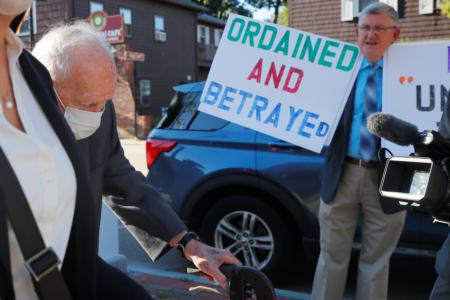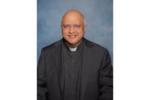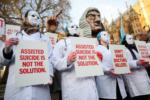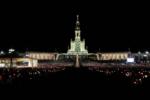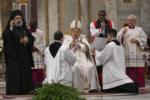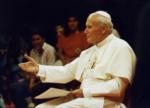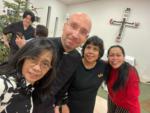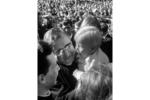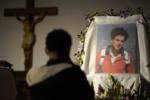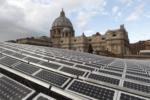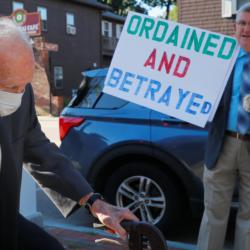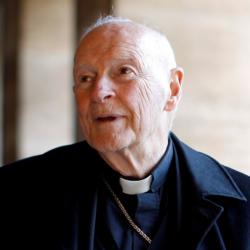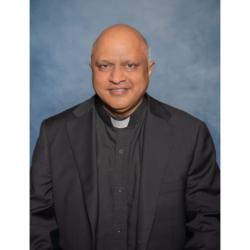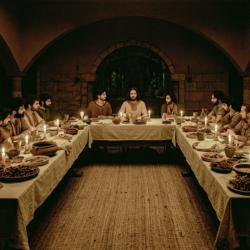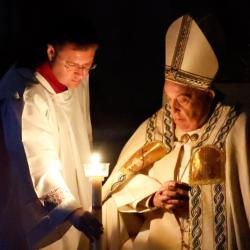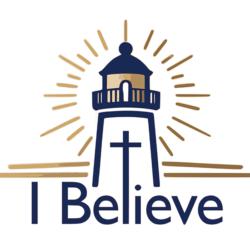A silver jubilee, a great pope
This week, Pope John Paul II will celebrate the 25th anniversary of his ministry as the successor of St. Peter, head of the Roman Catholic Church.
Karol Josef Wojtyla was formed for his calling as spiritual leader of one billion Catholics in Poland. That country was the venue of the horrors of World War II and the holocaust, where one in five Poles perished. Millions of Jews were murdered in death camps such as Auschwitz, an extermination center located in the archdiocese of Krakow, where Karol Wojtyla was the archbishop.
He was ordained a priest on Nov. 1, 1946, and celebrated his first Mass on All Souls Day. It was fitting, since those closest to him, who would have normally accompanied a young priest on that day, were all dead: his mother, father and brother. The young priest was a man alone, whose deep faith life and prayer prepared him for the daunting mission and the aloneness of being the pope.
I was struck by George Weigel’s biography, where there are long descriptions of the Holy Father’s ministry to students, to young people and to young families. That initial pastoral experience has marked his whole life as bishop and pope: his writings on married love and the family, and his active participation in the World Youth Days that have brought together many millions of young people to pray together, to celebrate their faith and to hear the Gospel challenge directly from the Holy Father himself.
As priest and bishop in Poland, the Holy Father lived through the Cold War and the oppression of the Communist regime. His election as pope in 1978 sent shockwaves through the communist world. The new pope defended religious freedom in Eastern Europe and supported the Solidarity movement in Poland. Many analysts, including Mikhail Gorbachev, have said that Pope John Paul II played a key role in bringing about the collapse of the communist system.
The Holy Father has spoken out against all materialism, whether capitalist or Marxist, that negates the humanity of the individual. As a young archbishop he participated in the Second Vatican Council and has since labored to bring about a careful implementation of the Council’s reforms calling us all to take up the challenge of “the new evangelization.”
On May 13, 1981, the feast of Our Lady of Fatima, the Holy Father survived an assassination attempt in St. Peter’s Square. One year later the Holy Father went to Fatima and left the bullet as a gem to be placed in Our Lady’s crown.
John Paul II’s devotion to Mary has marked his spirituality as seen in his choice of a motto, Totus tuus (from St. Louis de Montfort), his encyclical Redemptoris Mater and the magnificent letter on the rosary, in which he adds five new mysteries to this most important Catholic prayer.
The Holy Father’s apostolic journeys have been a crucial part of his pontificate. Pope John Paul II has made 102 foreign trips and has been seen personally by more people than any other individual in the history of humanity.
The Holy Father has used these trips to proclaim the Gospel of Life, to defend human rights and to invite people to a life of fidelity in discipleship in Christ.
His countless talks and important writings are the unique contribution of a man with a deep faith and a gifted intellect. His love for the university and the world of culture, poetry and theater has marked his ministry from his days as a priest in Poland. Last week, the very issue of The New York Times that announced this year’s recipient of the Nobel Peace Prize, contained two columns lamenting the fact that it was not given to Pope John Paul II, who had done so much to promote peace in the world and to combat racism and anti-Semitism.
As we pause to mark his 25 years as our pope, it is difficult to enumerate the many great deeds of this pope who has had such a profound effect on our Church and on the whole world. We have watched him grow from the athletic young skiing pope to the octogenarian crippled with arthritis and a neurological condition believed to be Parkinson’s disease. The constant has been his sense of mission “to confirm the faith of his brothers and sisters” and urge us on the path of discipleship and holiness.
To me, one of the most striking aspects of the pope’s ministry has been the capacity to pray, even when surrounded by the noise and confusion that often accompany papal events on his missionary journeys around the world. The Holy Father has had the ability to recollect himself and achieve an oasis of inner peace to be able to pray. In his ministry, he has shared the fruits of his own spiritual life with the people he serves.
The Holy Father has canonized more saints than any other pope in history.
It is his way of underscoring the universal call to holiness. The Holy Father does not want us to see saints as shadowy distant figures who are depicted in marble or on canvas. The saints are the heroes and the heroines of our faith. They come from all walks of life and from every time and place. They stand in stark contrast to the obsession our modern world has with celebrities who beguile our young people to imitate their frivolous, self absorbed existence of conspicuous consumption and self indulgence.
It is no wonder that Pope John Paul has planned the beatification of Mother Teresa of Calcutta as the centerpiece of his jubilee celebration. He wants to hold up to the world what the Church is supposed to be about: helping people to love God above all, to love each other as Christ has loved us, and to make a gift of ourselves to God and to others.
Pope John Paul II has been a gift to our Church. We commemorate his 25 years of service as our spiritual leader and Christ’s Vicar with sentiments of thanksgiving. He continues to witness to the Church and the world even as he confronts the challenges of age and illness. He who began his papacy with the words, “Be not afraid,” is ever teaching us with his powerful example that love casts out fear and faith lights the path. That path allows us to discover that we have a Father in heaven and to rediscover that we are loved. That is what Pope John Paul II calls “crossing the threshold of hope.” He has been a good guide on that path.
